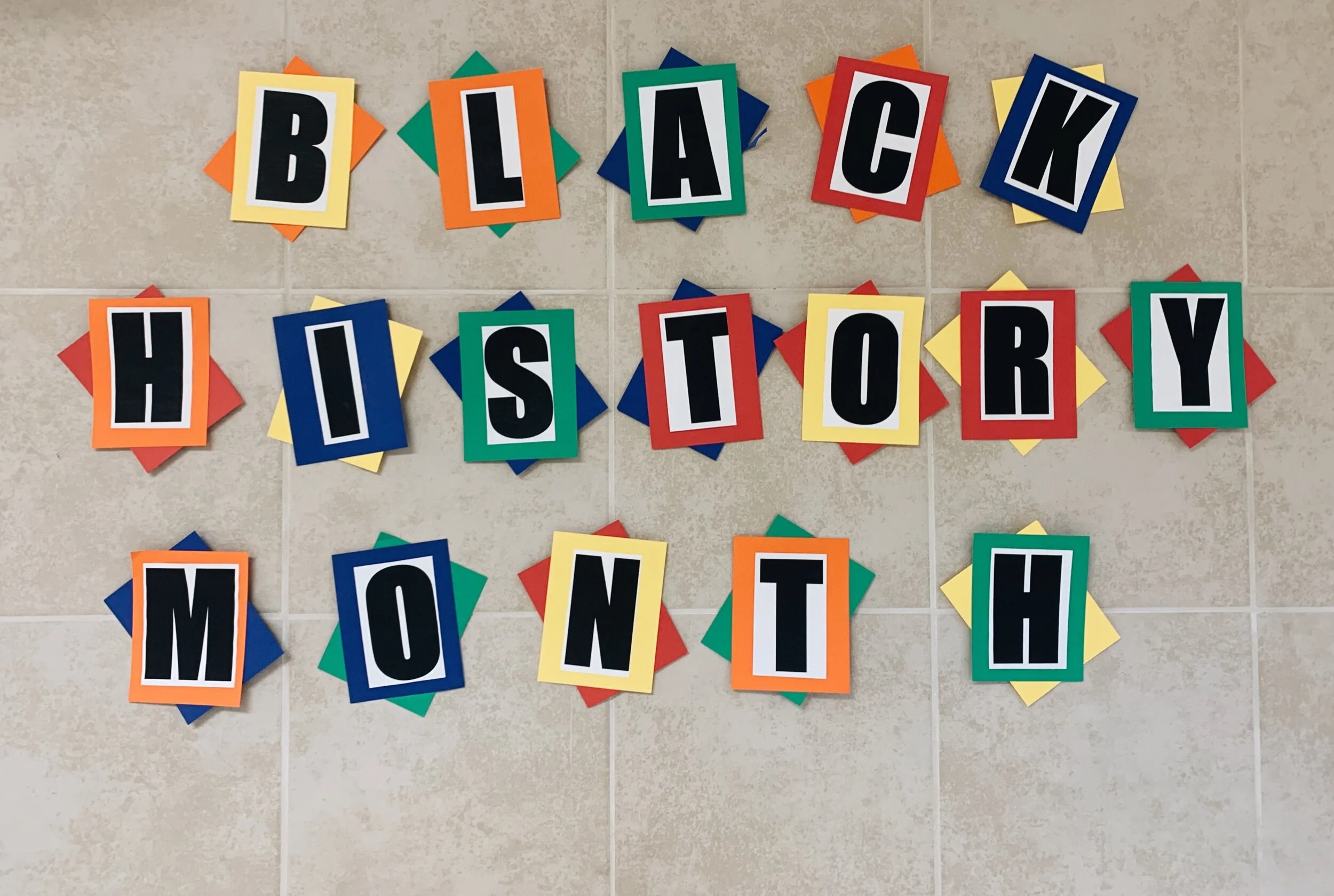A History of Valentine's Day
Photo by Cora Kuhlenbeck.
Valentine’s day: a day that is known to be filled with romantic gestures of all size and shape. It began thousands of years ago. It’s earliest origins can be traced back to religious traditions and events dating back to 6th century B.C. and because of its longevity, the direct precursor to Valentine’s day is murky. Some claim it derives traditions from the pagan festival Lupercalia, yet others claim it comes from the history of Saint Valentine. What’s more, it seems to be an intertwined mix of both along with some influence from the birds of Europe.
According to History.com, Lupercalia was an event lasting for three days--February 15-17 every year--that was put in place in order to honor the Roman fertility god Lupercus. It was a multi-part festival, beginning on the first day with ritual animal sacrifices and continuing over the next two days with feasts and overtly sexual practices.
Lupercalia was mainly a Roman tradition that continued to be celebrated into the early days of the Catholic Church, which eventually outlawed the holiday toward the end of the 5th Century A.D. because they believed it was “un-Christian.” (History.com)
Saint Valentinus (3rd Century)
One of the most well-known Valentine’s day origin stories is that of Saint Valentine. According to History.com, “on one February 14 during the 3rd century A.D., a man named Valentine was executed by the Roman Emperor Claudius II after being imprisoned for assisting persecuted Christians and secretly marrying Christian couples in love.” He then tried to convert the Emperor to Christianity, and when he refused, the Emperor cut off his head.
At the same time as Lupercalia was decreed “un-Christian,” Pope Gelasius made February 14 Valentine’s Day, named after Saint Valentine. It is unclear to many historians if this was an attempt to oust the pagan tradition of Lupercalia and replace it with something similar, or if it was an honest effort to honor Saint Valentinus.
Geoffry Chaucer and The Birds (1380-1390)
Previously, there hadn’t been a palpable connection to romance within Valentine’s day or Lupercalia. But, Geoffry Chaucer, an English poet, declared that the feast of Saint Valentinus was the day of the mating of the birds, linking it to romance in his “Parlement of Foules.”
After Chaucer’s “Parlement of Foules” there was a flurry of romance surrounding the feast of Saint Valentinus, specifically in Europe. For those who paid attention to Chaucer or were nature-minded, the feast of Saint Valentinus became a romantic day. Smithsonian has an interesting anecdote relating to this:
“The French Duke of Orléans, who spent some years as a prisoner in the Tower of London, wrote to his wife in February 1415 that he was ‘already sick of love’ (by which he meant lovesick.) And he called her his ‘very gentle Valentine.’”
Another notable reference to Valentine’s day as a romantic holiday came late in the 16th century. Shakespeare let loose in his play Hamlet, in which Ophelia refers to Hamlet as her Valentine.
Current day (And the past few centuries)
Europe as a whole quickly caught onto this newfound Valentine’s day- a different, yet much lighter version of the original feast of Saint Valentinus (and its precursor, Lupercalia). And from there, its popularity spread to the United States after it was colonized, and across the world.
Valentine’s Day has become a commercialized day full of candy and romance, a far cry from its beginnings. From the early days of Rome to 16th and 17th century Europe, Valentine’s day has evolved with the times. Whether it actually came from the ruins of Lupercalia or was purely founded on Saint Valentine, we will never know, but we do know one thing: it has become a major holiday that unites couples from all over the world.





